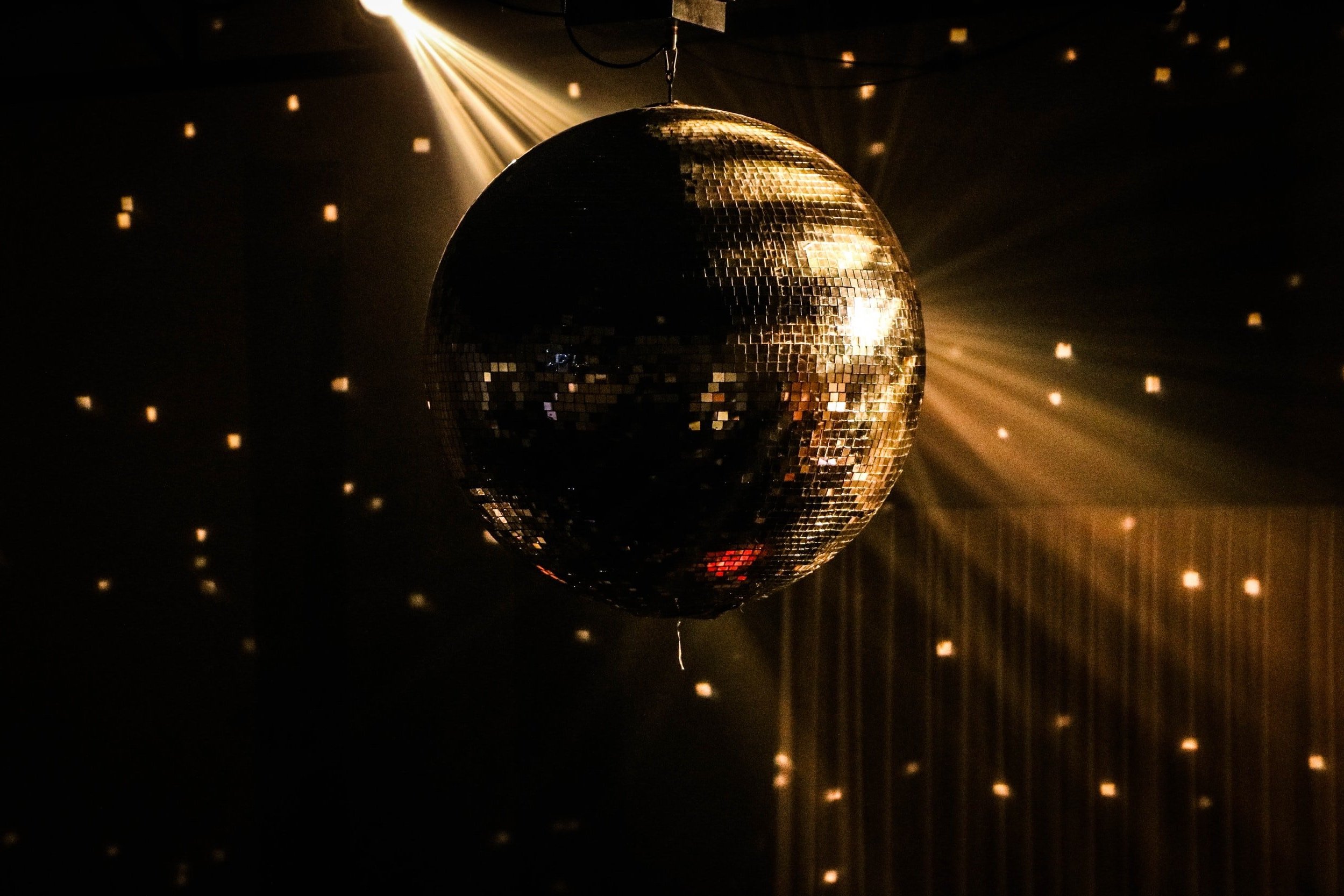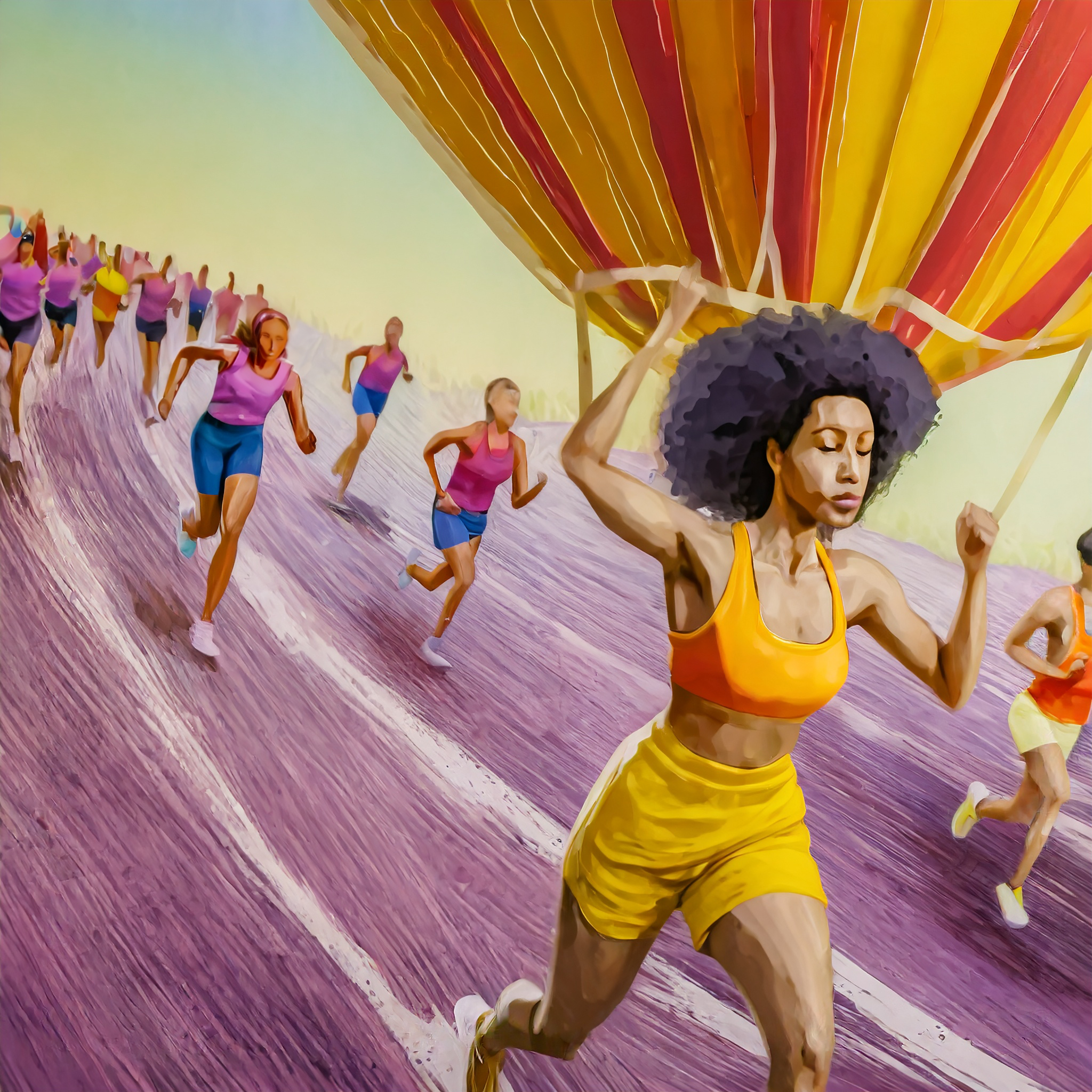
Accessing Disability Culture
Accessing Disability Culture is a reflection of experience, resistance to ableism, and documentation of disabled/neurodivergent/chronically ill/Deaf students at the University of Michigan. The idea for the project evolved over several years, but first sprouted during the Summer of 2022, when I was being mentored by Dr. Remi Yergeau through the Women and Gender Summer Fellowship Program. As a part of my project, I read Loud Hands: Autistic People Speaking, and was enamored as a young neurodivergent student, to see how artfully the “voice” of autistic identity was reclaimed and wielded by the authors of this work. Who better to tell our stories than ourselves? Just before this book, I had read Asperger’s Children, and continued diving into autistic history, consequently mourning the generations of medical abuse, social death, and erasure of autistic and other disabled kin ancestors. How, I began to wonder, are ableist structures within academic institutions, or any other institution, to change, when dominant narratives on disability are not dictated by the people they affect the most? My hope is that Accessing Disability Culture is a way of translating our realities as disabled students into the understanding of not only allies looking to contribute to the advancement of disability equity, but also to other disabled students searching for a disability cultural anchor at University of Michigan.
You will notice an array of positionalities, identities, and opinions in this anthology, which reflects the diverse nature of the disability community. Additionally, you will distinguish the variety of mediums - photography, installation, essay, poetry, digital design, and more. A prerequisite to inclusion in this collection was accessibility and freedom of diverse expression in the submission. Throughout each step of the process, accessibility experts in the Digital Accessible Futures lab worked alongside contributors to make pieces accessible. Additionally, in our call for submissions, we specifically focused on keeping prompts relatively open, noting our values for intersectional experiences and accessibility, but trusting in the direction of individual creators. As a result, the themes are nuanced and intertwined, depicting disabled embodiment and life, grappling with inaccessibility of the University as disabled students subjected to academic ableism, and asserting crip wisdom, joy, interdependency, and overall - disability culture. In Accessing Disability Culture, we control our own narratives. Disabled students of the University of Michigan celebrate community, acknowledge the distance between our current experiences and disability justice, and dream of an accessible future.
Sincerely,
Tess Carichner, lead editor of Accessing Disability Culture
Running Differently
Image description: This is a black woman with an afro running in a race hindered by a parachute while others run in the same race unhindered.
This image was inspired by my lived experiences. I am running the same race as everyone else, but under very different circumstances that make the race much more challenging and can slow down my progress towards the finish line. The ADA inspired a lot of positive change for those with disabilities, but there is still more work to be done. Living with functional disabilities is not simple, and there is often uncertainty around the experiences one with disabilities might have while in public spaces. This uncertainty is not only limited to whether a space will have working handicap door buttons or easy to get to accessible restrooms, but also about how you will be perceived and treated by others. For many people, they see someone with disabilities and that is the perspective they use to form their initial ideas about that individual. It is unfortunate, but that is the default mechanism that people, in my experience, tend to make assumptions from, rather than to notice your style, personality, intelligence, or any other thing that makes you a human being - and after all we are human beings first. I get asked about my disabilities far more than I get asked about other interesting things about me like, “Where have you traveled?” or “What are your plans for the summer?” I believe many people need to grow a stronger appreciation for the entirety of humanity. With a fresh perspective that includes genuine curiosity about who people are and an appreciation for their human experience, others may begin to limit their judgements about what they think is fair and equitable. They may also begin to ask questions that celebrate the humanity of those with disabilities rather than satisfy their curiosities about how someone came to be disabled. Having greater empathy and appreciation may inspire the growth of allies and advocates who support more widespread ADA protections.
About the Creator
Megan Pouncy
First and foremost I am an artist. Before pursuing my masters in data science at the University of Michigan I received a B.F.A from the College for Creative Studies and my work has been shown at Detroit area galleries, exhibition spaces and even the Detroit Institute of Arts. I have the skills to creatively represent anything I'd do in a 2D format. Because of this, it may seem counterintuitive that I used the aid of AI to complete this drawing but I was quite glad that I did. I now have vision and physical limitations that limit my ability to create works of art. At times it is difficult for me to complete works that require long periods of continuous focus, sitting, or standing. By starting the sketch on my own and then using AI to complete it, I was able to express my concepts in a way that worked with my needs.
AI is a game changer for creators with disabilities. It provides access to creating expressive works of art to those who have difficulty with coordination, those who may have cognitive limitations, focus deficits, difficulty visualizing (seeing pictures in their head) as well as those with a range of vision deficits and beyond. Having access to be expressive in this way can improve quality of life through creative expression. The ability to create works of art can allow one to build a new hobby, create a source of income from their artwork, and even receive the calming and therapeutic benefits that accompany self-expression and creativity. These benefits would be missed without access to AI tools.
I used Adobe products to create this image. I uploaded my own sketch drawing for starters and selected style influences from the Adobe gallery. I then entered the prompt "this is a black woman with an Afro running in a race with a parachute on her back while others run in the race unhindered."
Community is a need for the entirety of humanity. More and more studies show that being a part of a community is critical to our own health and longevity. This need is more important than ever for those with disabilities who often contend with multiple health challenges on a daily basis. Having a sense of community eases the burdens of navigating a world largely not designed to support those with disabilities by offering a framework for support and belonging. Community support is not just critical to navigate the daily ins and outs that life brings but also provides those with disabilities safe spaces where our identities aren't constantly challenged by those who see our disability first. Individuals living with a disability are humans first and should be honored as that rather than being met with assumptions about their identity and abilities - or worse yet, faced with bullying or ridicule. Having a safe space to just exist as a human is everything.
Image description: Megan is gorgeous. She is a black woman with light brown skin and flawless makeup. She is smiling at the camera as her curled hair rests on her forehead and shoulders.

